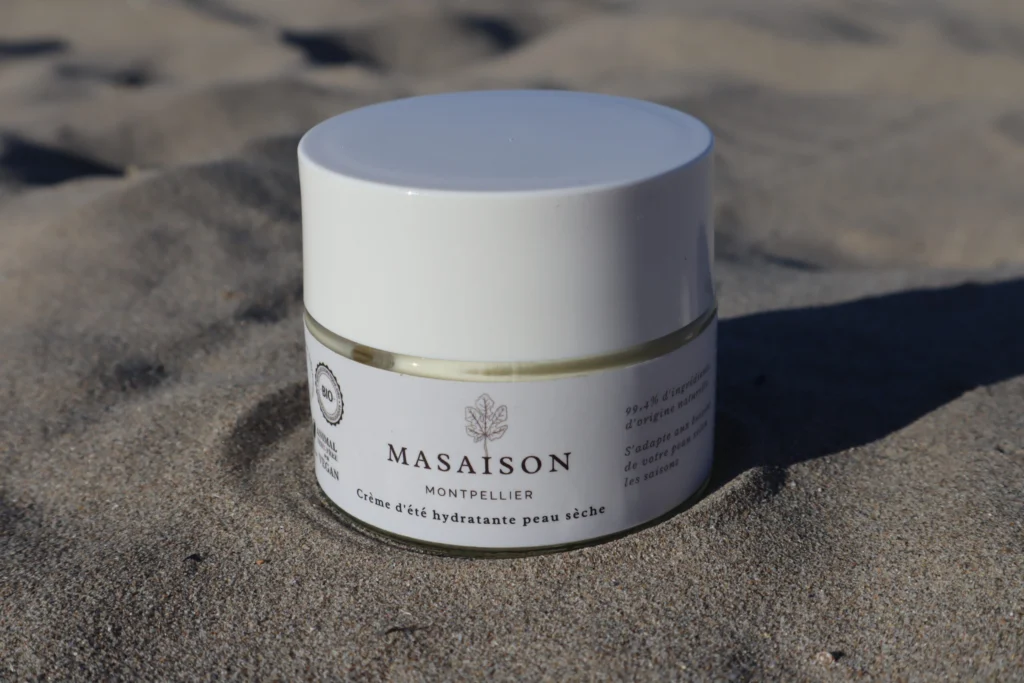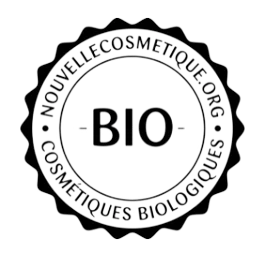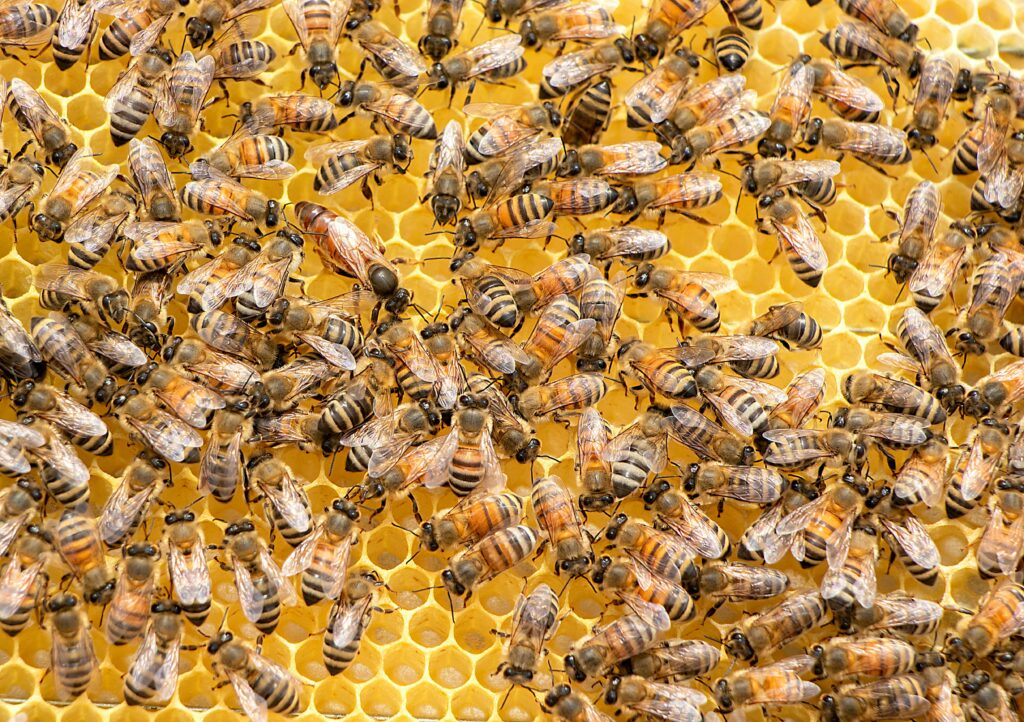
Honey: is it vegan?
July 2024 | by María Gutiérrez
Le honey is one of the foods most often confused with a vegan product. Many people believe that veganism consists simply of avoid animal sufferingbut it also aims to prevent their exploitation. Many people also believe that honey harvesting is non-invasive and that bees produce this honey for us, assuming that it would not otherwise be consumed. But did you know thatbeekeeping for harvesting honey endangers bees and our ecosystem ? Even local honey, often seen as a more ethical option, is also a form of exploitation. If you didn't know, it's probably not your fault. But is there such a thing as vegan honey? Unfortunately, it's a subject that's rarely discussed, but today we're going to tell you the truth:
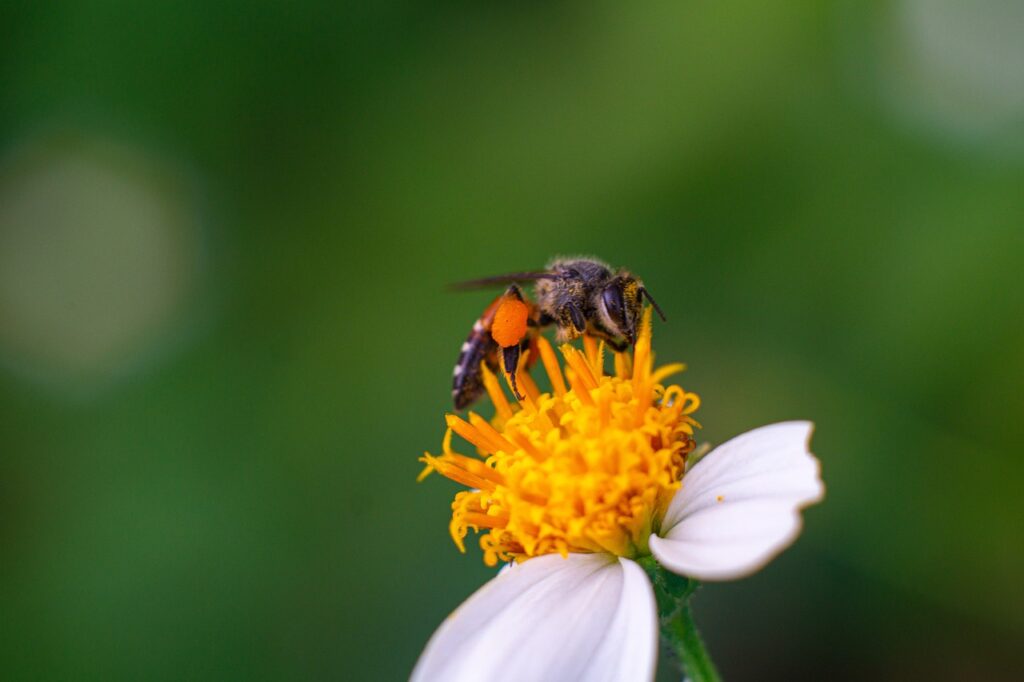
Why do bees produce honey?
Honey is not the waste product of bees, but an essential essential source of nutrients for them. To produce honey, bees have to visit hundreds or even thousands of flowers, collecting nectar which they then transform into honey through a complex process involving a second, dedicated stomach. This honey is crucial to their survival for several reasons:
1. Food reserve
Honey is used as main food reserve for bees, particularly during winter and periods when flowers are scarce. If they stored pollen without converting it into honey, the honey would ferment. Thanks to its high sugar content and preservative properties, honey can be stored for long periods without deteriorating, providing bees with a reliable source of energy throughout the year.
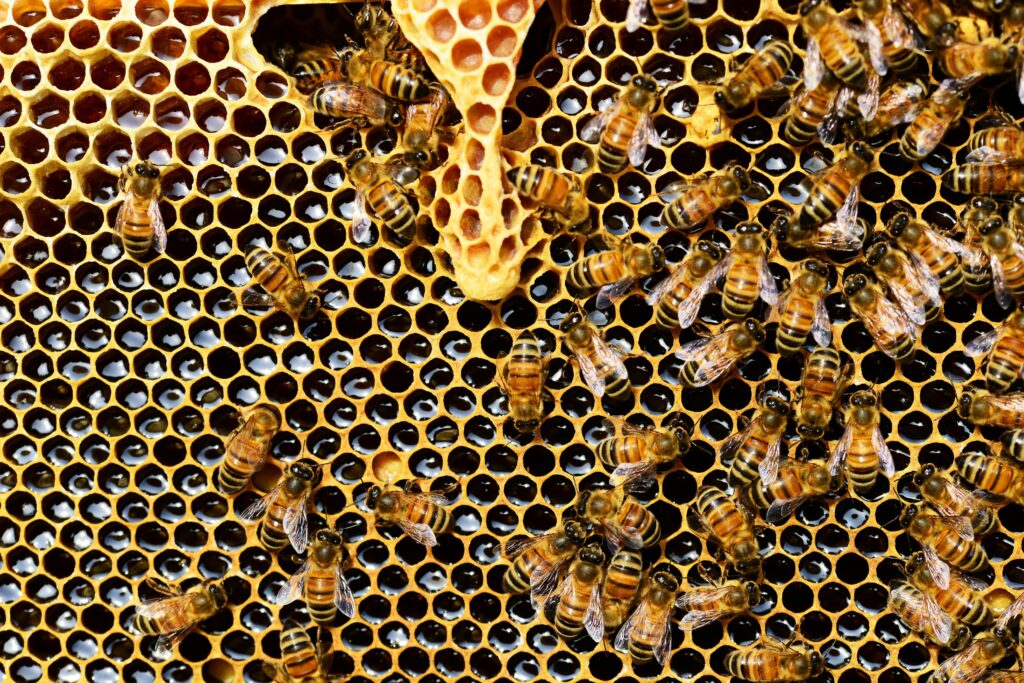

2. Food for larvae :
Honey, often mixed with pollen to form a substance called "bee breadis used to feed the larvae developing bees. The proteins and nutrients contained in this mix are essential for the growth and development of young bees, guaranteeing the health and continuity of the colony.
3. Maintaining heat in the hive :
During the winter, bees must maintain a sufficiently high temperature in the hive to survive. They consume honey to produce heat through the muscular activity of their wings. This ability to regulating the internal temperature of the hive is crucial for the colony's survival during the cold months.
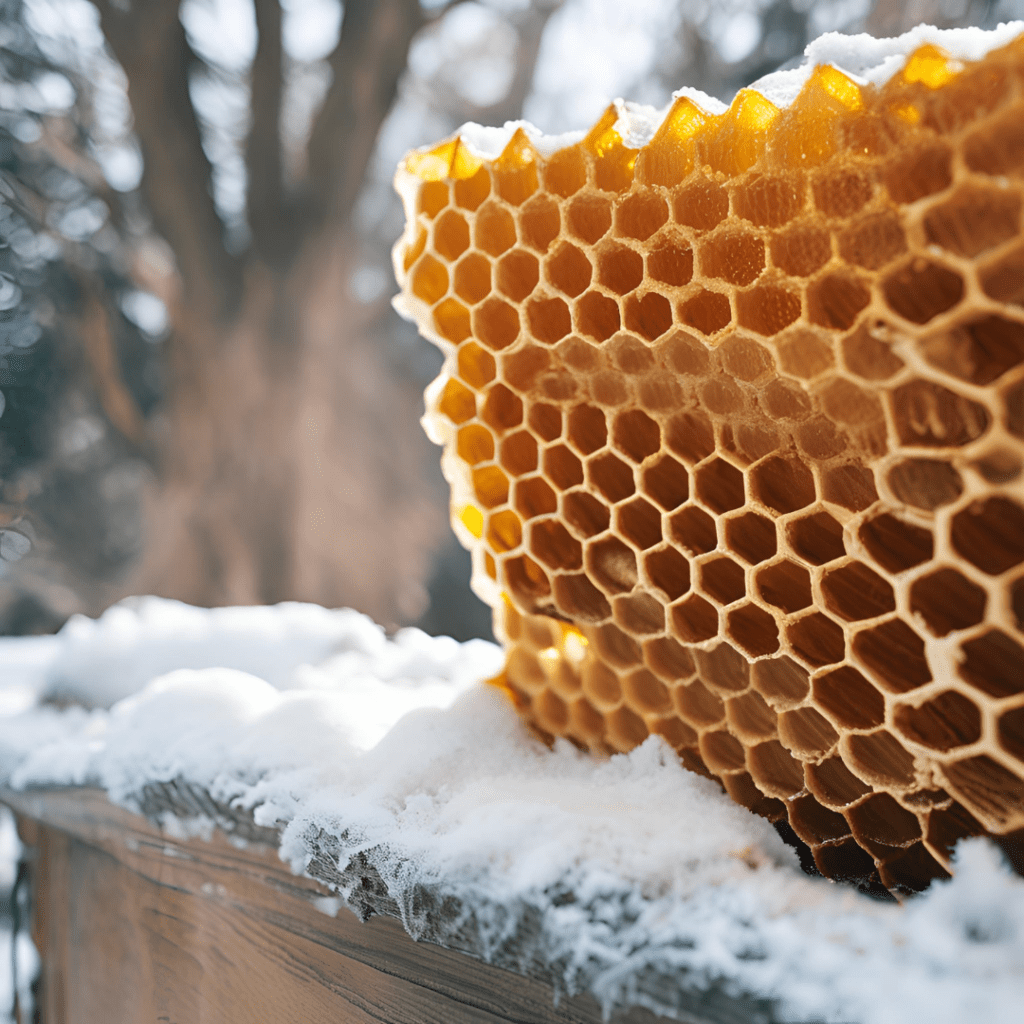
Exploitative beekeeping practices for honey
Did you know that a bee only produces one-twelfth of a teaspoon (0.8 g) of honey in his life? And so, 500 g of honey corresponds to the life's work of more than 600 bees and requires pollen from 2 million flowers. In traditional beekeeping, bees are raised to maximise honey production. This selective breeding often leaves them more vulnerable to certain diseases. diseases. Sometimes, different types of bees are mixed in the same hive to maximise production, which further increases the risk of disease. These diseases can contaminate other pollinators, threatening our environment.
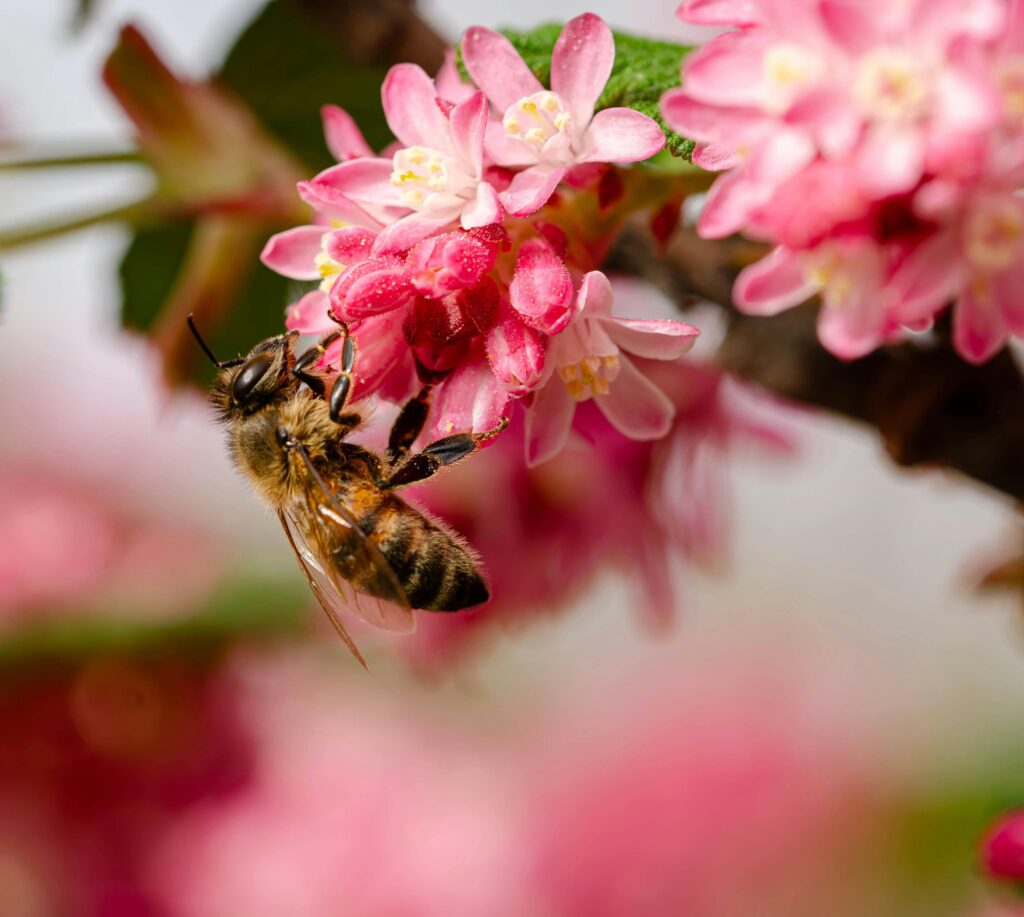
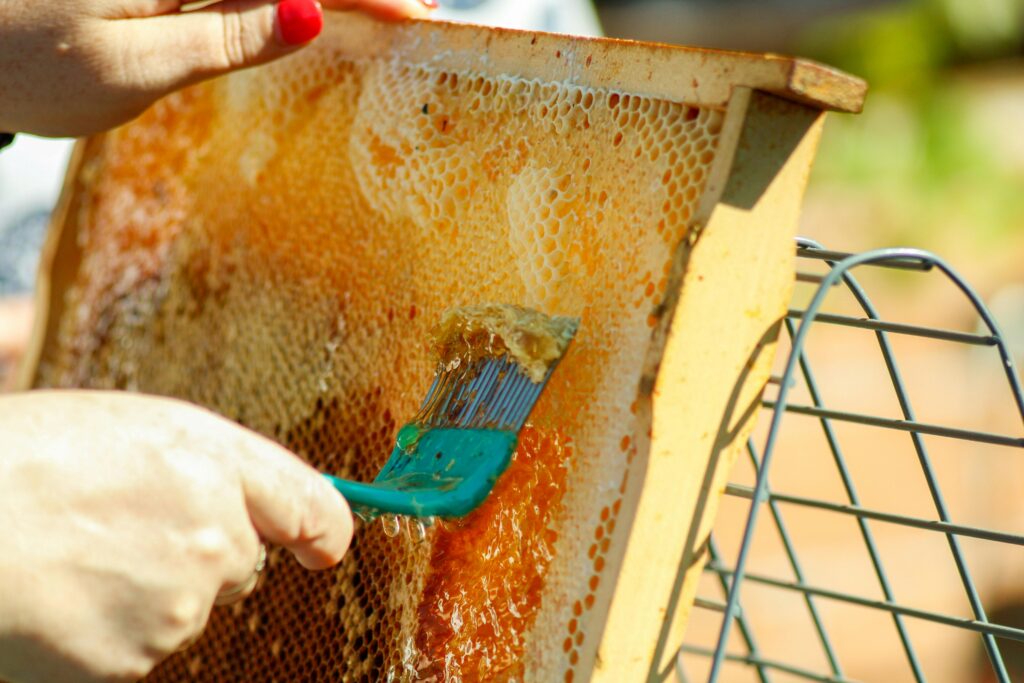
To prevent the queen bee from leaving the hive and forming a new colony elsewhere, which would be detrimental to productivity and profits, beekeepers often clip their wings. In addition, queens are sometimes artificially fertilised with a machine from the farm.
During the honey harvest, many bees are killed. killed or seriously injured due to careless handling. Often, beekeepers don't even leave a portion of honey for the bees, but replace it with a substitute lacking essential nutrients.
However, bees are not only kept for their honey, but also for their food. pollinate the fields crops that would otherwise be unable to grow. Every year, millions of beehives are destroyed. transported across vast territories to pollinate various crops. This movement, often stressful for the bees, is a common practice aimed at increasing agricultural yields.
Unfortunately, these fields sometimes contain pesticides which can have devastating effects. In the best of cases, a few bees die as soon as they come into contact with pesticides. In the worst cases, bees bring back pesticide residues in their pollen and the entire hive can be contaminated, leading to the death of the entire colony.
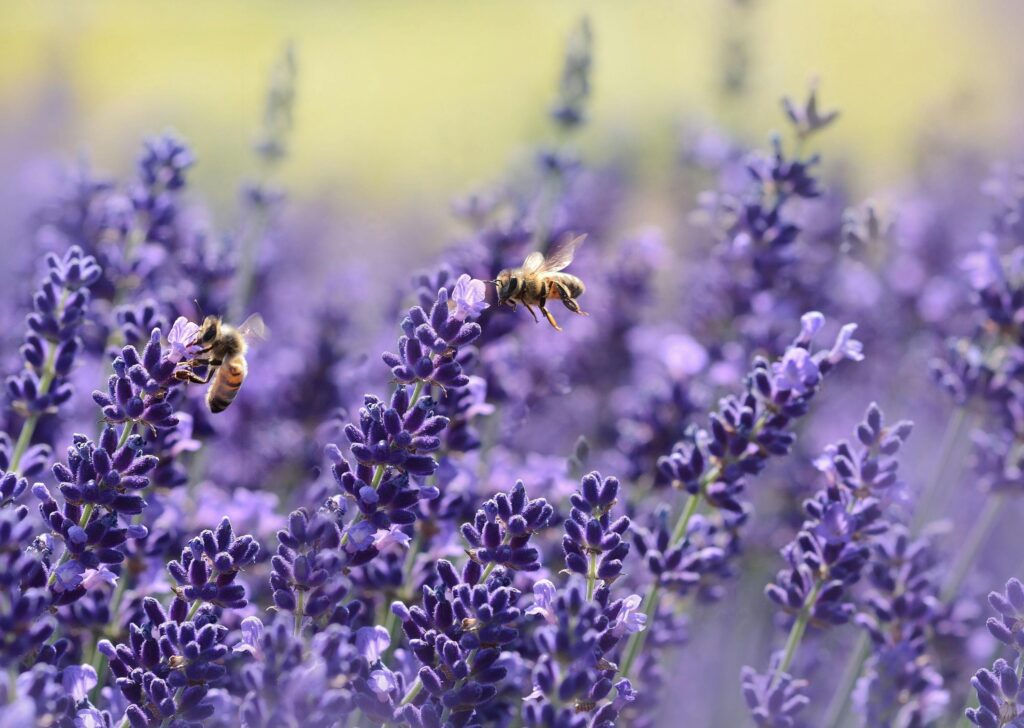
Masaison 100% vegan creams
Discover our range of vegan and organic summer creams with ingredients sourced in France. Enriched with fig, our main ingredient, these creams offer intense hydration while providing a refreshing sensation ideal for hot summer days.
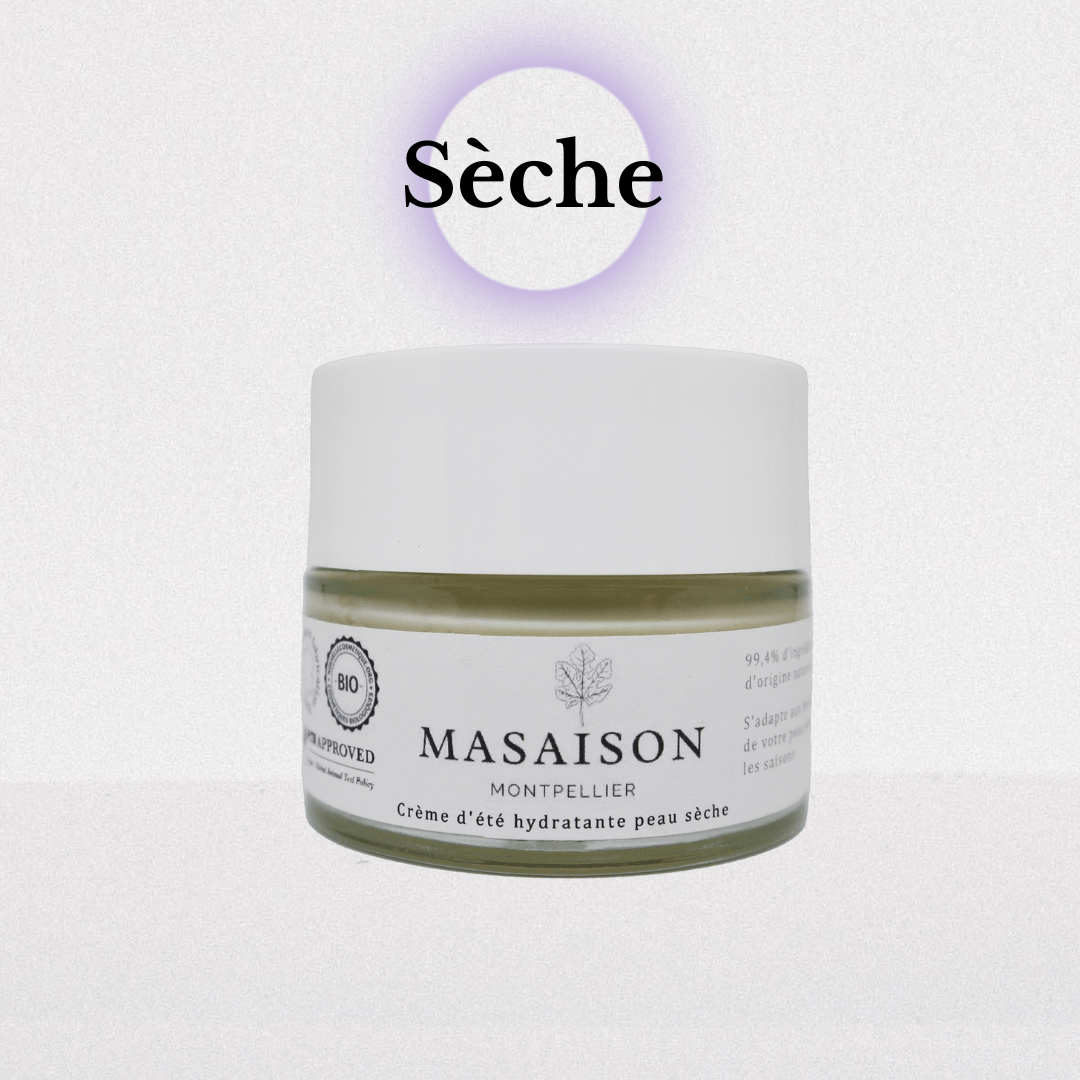
Moisturising summer cream for dry skin
Natural summer cream with fig, camelina, cherry and carrot. Specially designed for dry skin.
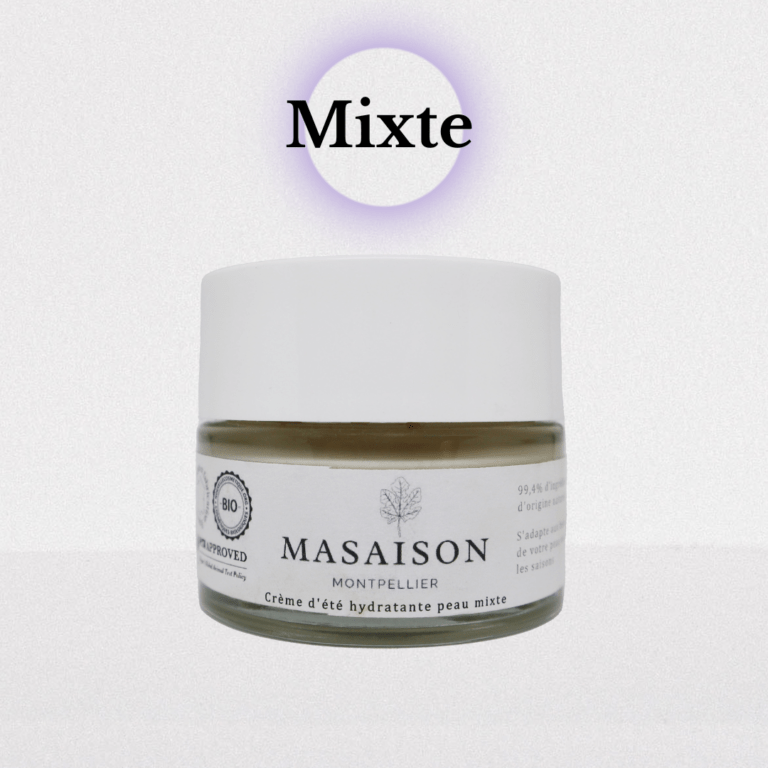
Moisturising summer cream for combination skin
Natural summer cream with fig, chia, elderberry and grape. Specially designed for combination skin.
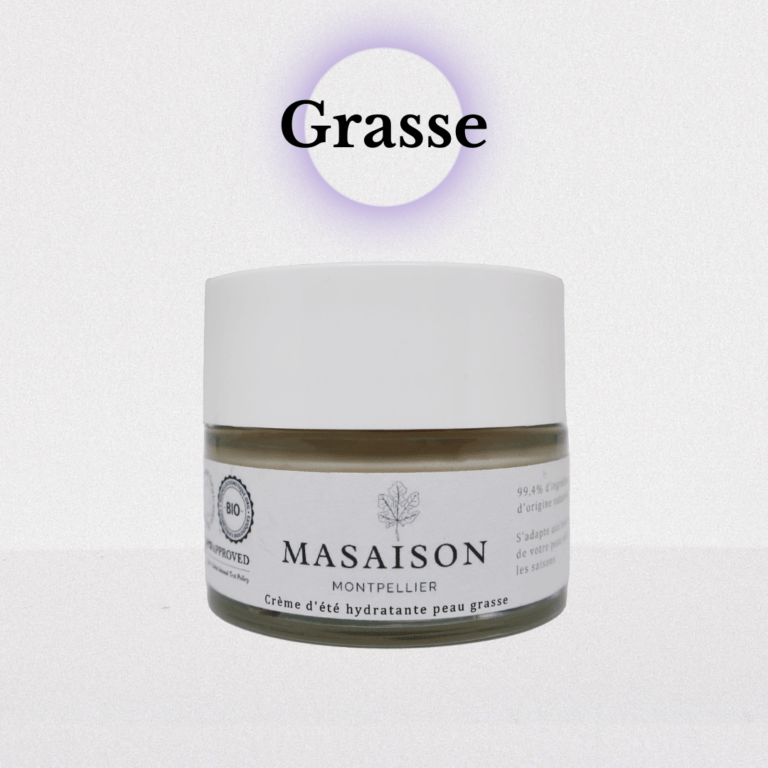
Moisturising summer cream for oily skin
Natural summer cream with fig, St John's wort, rice and black cumin. Specially designed for oily skin.
The dangers of honey for the wild bee population
The "Save the Bees" movement has been misinterpreted by many as an invitation to practise beekeeping. Although this approach is full of good intentions, it often has the opposite effect and puts wild bees in even greater danger.
One of the main problems is the high concentration of hives per square metre, especially in urban areas. This concentration creates fierce competition for wild bees. Studies carried out in France have shown that the abundance of wild bees is halved within a 600-metre radius of honeybee hives. Domestic bees, bred to be robust and productive, can consume up to ten times more resources than wild bees. They compete with wild bees for limited resources such as nectar and pollen, reducing their foraging success and reproduction.
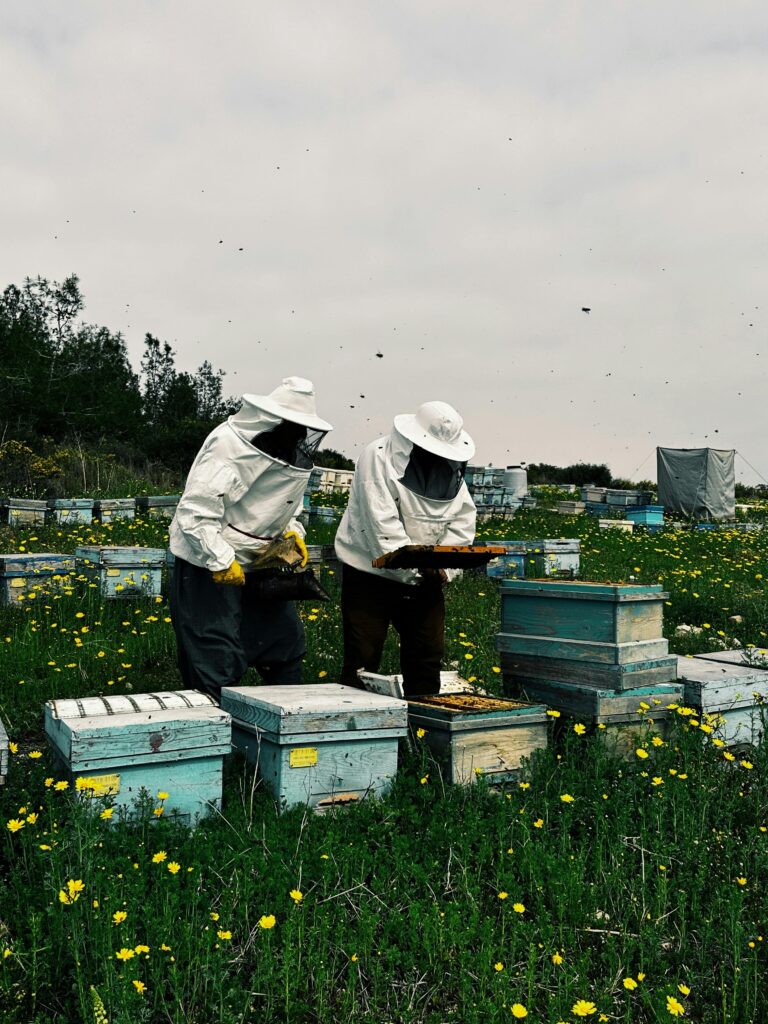
Vegan substitutes for honey
Fortunately, there are now several vegan substitutes for honey. Here are three delicious vegan honeys you absolutely must try:

1. AGAVE SIROP
Agave syrup is a natural sweetener derived from the agave plant. If you've never tried this, you need to do so right away, it makes a great vegan honey! With its honey-like consistency and delicately sweet taste, it's perfect for sweetening your drinks, pastries, or even your morning yoghurt.
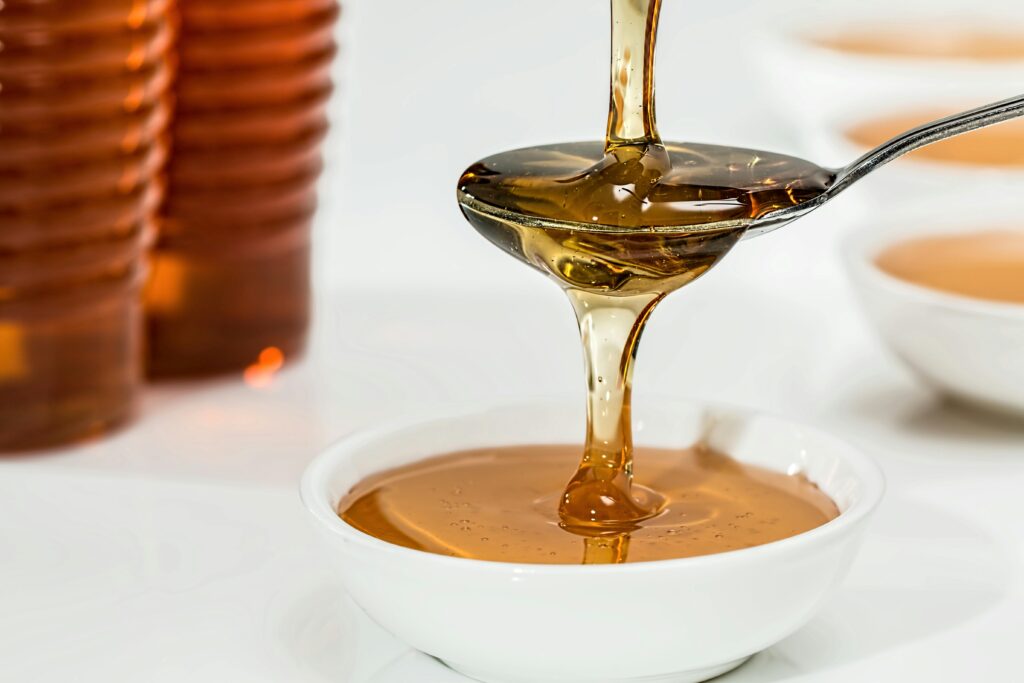
2. Maple syrup
Maple syrup, extracted from the sap of maple trees, is a must-have. Its rich, sweet flavour adds a gourmet touch to your pancakes, waffles and desserts, and it doubles up as vegan honey. If you've never used maple syrup instead of honey, you're missing out!
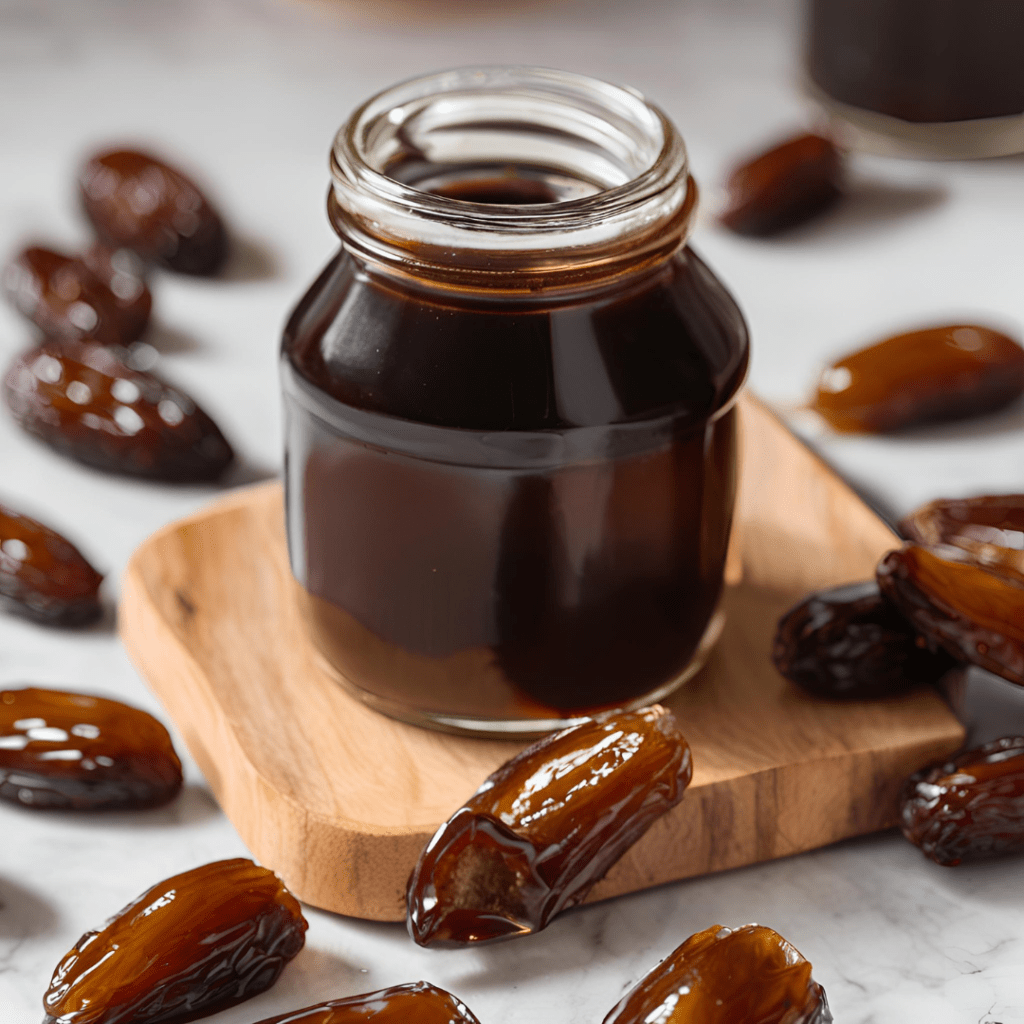
3. Date molasses :
Date molasses is a thick, sweet syrup made by pureeing dates. As well as being delicious, it is rich in nutrients. You can use it to sweeten smoothies, sauces, pastries and sweet and savoury dishes. If you've never tried date molasses, it's high time you added it to your cooking! This vegan honey with its rich, deep flavour will transform your recipes.
Although honey is often perceived as a natural and harmless product, it's important to be aware of the impact beekeeping has on bees and our ecosystem. By choosing vegan alternatives, not only are you helping to protect these precious pollinators, but you're also exploring delicious new flavours to enrich your dishes.
Be an agent of positive change and share this information with your friends and family. Together, we can make a real difference!

